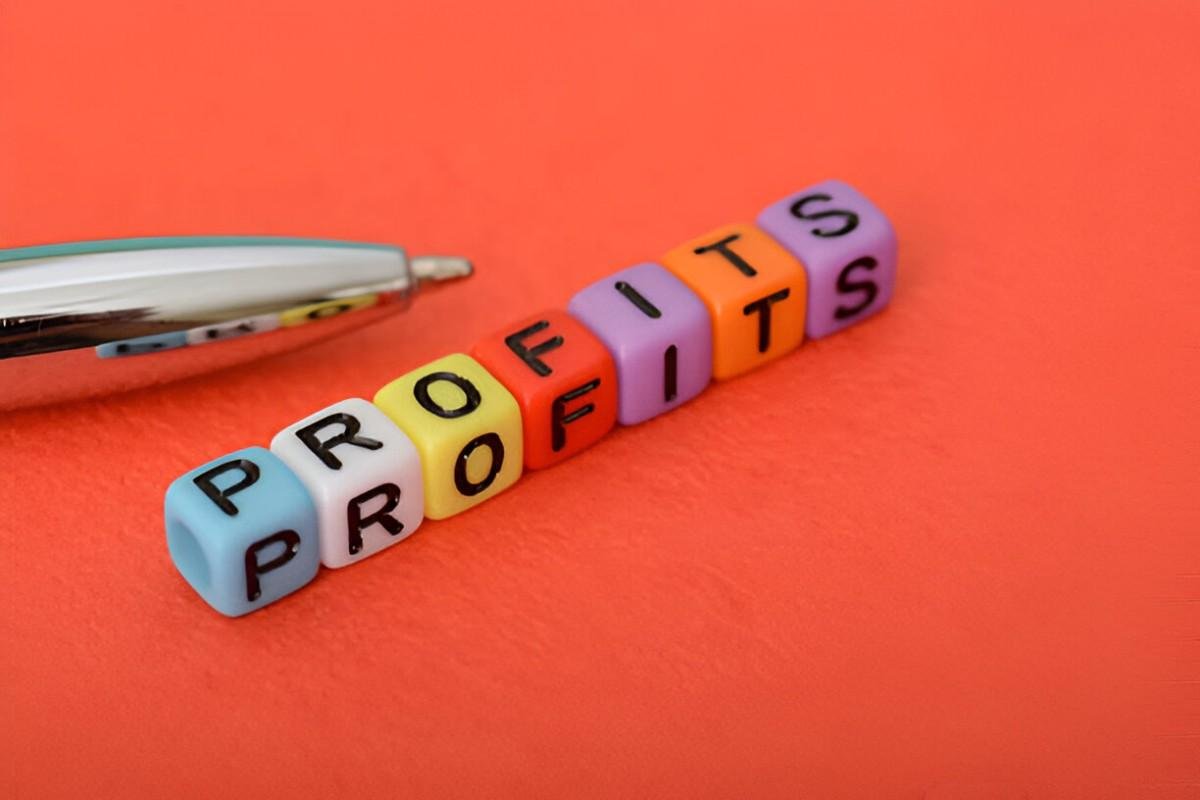As someone who has spent years analyzing financial statements, I know how intimidating accounting terms can be for beginners. Operating profit is one of those metrics that seems straightforward but has layers of nuance. In this guide, I break it down in plain English, with examples, calculations, and real-world context to help you grasp its importance.
Table of Contents
What Is Operating Profit?
Operating profit measures how much money a company makes from its core business operations before accounting for interest and taxes. It tells me whether a company’s primary activities are profitable, excluding side income like investments or one-time windfalls.
The formula for operating profit is:
\text{Operating Profit} = \text{Gross Profit} - \text{Operating Expenses}Where:
- Gross Profit = Revenue – Cost of Goods Sold (COGS)
- Operating Expenses = Selling, General & Administrative (SG&A) + Depreciation + Amortization
Why Operating Profit Matters
Unlike net profit, which includes all income and expenses, operating profit focuses solely on business efficiency. If I see a firm with high net profit but low operating profit, it could mean they’re relying on non-core activities (like asset sales) to stay afloat—a red flag.
Breaking Down the Components
1. Gross Profit
Gross profit is what’s left after subtracting direct production costs (COGS) from revenue. For example, if a bakery sells $100,000 in cakes and spends $40,000 on ingredients and labor:
\text{Gross Profit} = \$100,000 - \$40,000 = \$60,0002. Operating Expenses
These are indirect costs not tied to production. They include:
- SG&A: Salaries, rent, marketing.
- Depreciation: Loss of value in machinery.
- Amortization: Spreading intangible asset costs.
Suppose the bakery has $20,000 in SG&A and $5,000 in depreciation:
\text{Operating Expenses} = \$20,000 + \$5,000 = \$25,0003. Calculating Operating Profit
Using the bakery’s numbers:
\text{Operating Profit} = \$60,000 - \$25,000 = \$35,000This means the bakery earns $35,000 from its core operations before interest and taxes.
Operating Profit vs. Other Profit Metrics
| Metric | Includes Interest & Taxes? | Includes Non-Operating Income? | Purpose |
|---|---|---|---|
| Gross Profit | No | No | Measures production efficiency |
| Operating Profit | No | No | Assesses core business health |
| Net Profit | Yes | Yes | Shows overall profitability |
Real-World Example: Apple Inc.
Let’s examine Apple’s 2022 income statement (simplified):
- Revenue: $394.33 billion
- COGS: $223.55 billion
- Gross Profit: \$394.33B - \$223.55B = \$170.78B
- Operating Expenses: $53.41 billion
- Operating Profit: \$170.78B - \$53.41B = \$117.37B
Apple’s operating profit reveals how efficiently it sells iPhones and services before considering investments or taxes.
Common Misconceptions
- Operating Profit Equals Cash Flow: No—depreciation is a non-cash expense but reduces operating profit.
- Higher Revenue Means Higher Operating Profit: Not always. If expenses rise faster, profits shrink.
How Businesses Use Operating Profit
- Investors: Compare firms in the same industry. A 15% operating margin in tech is solid; in retail, it’s exceptional.
- Managers: Identify cost-cutting opportunities. If SG&A is bloated, they might renegotiate rents.
- Lenders: Assess repayment ability. Banks prefer firms with stable operating profits.
Limitations of Operating Profit
- Ignores Capital Structure: Two firms with identical operating profits can have different net profits due to debt.
- Industry-Specific: A grocery store’s thin margins are normal; for software companies, they’d be alarming.
Improving Operating Profit
Companies can:
- Increase Prices: Risky—customers may leave.
- Reduce COGS: Bulk purchasing or automation.
- Cut Operating Expenses: Outsourcing non-core tasks.
Final Thoughts
Operating profit is a lens into a company’s operational health. By stripping away external factors, it helps me judge whether a business can thrive long-term. Whether you’re an investor, student, or small-business owner, mastering this metric is a step toward financial literacy.





